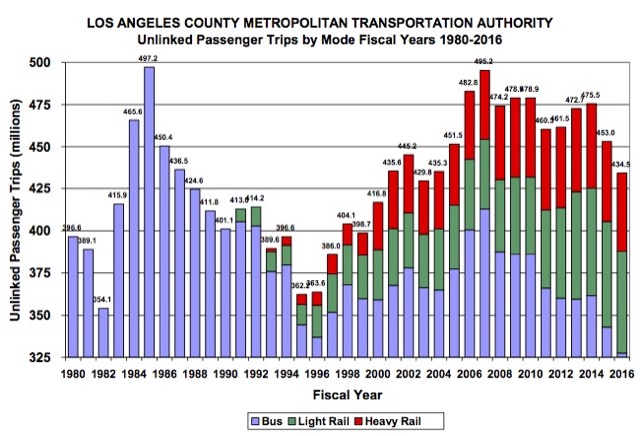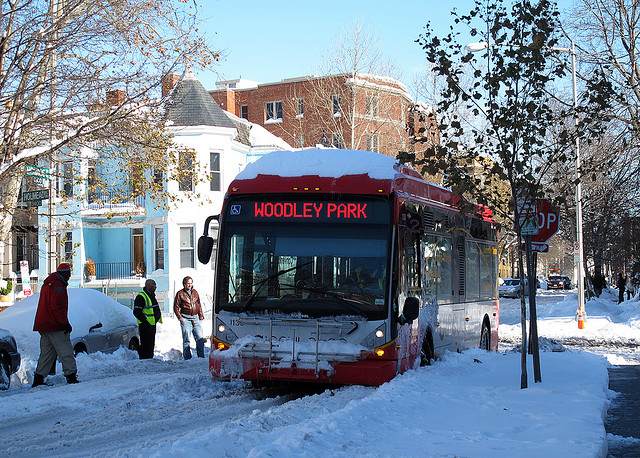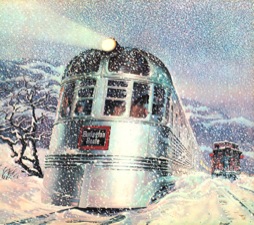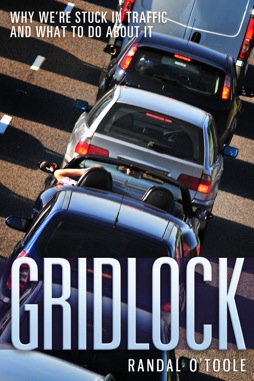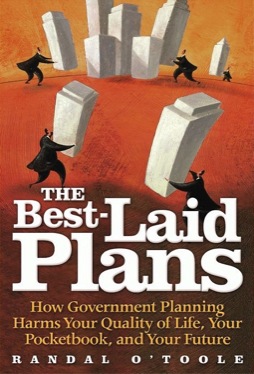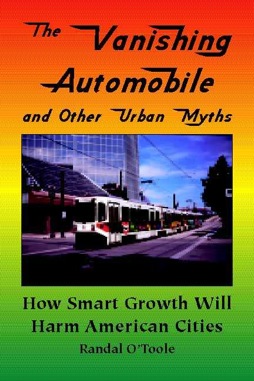Washington, DC opened its streetcar line last Saturday, and in a blog post elsewhere the Antiplanner compared it with a zoopraxiscope. That got the attention of another blogger. In case you missed it, I’m cross-posting my blog post here.
Washington, DC opened its long-delayed streetcar for business on Saturday. Actually, it’s a stretch to say it is open “for business,” as the city hasn’t figured out how to collect fares for it, so they won’t be charging any.
Exuberant but arithmetically challenged city officials bragged that the streetcar would traverse its 2.2-mile route at an average speed of 12 to 15 miles per hour, taking a half hour to get from one end to the other (which is 4.4 miles per hour). If there were no traffic and it didn’t have to stop for passengers or run in to any automobiles along the way, they admitted, it would still take 22 minutes (which is 6 miles per hour).

